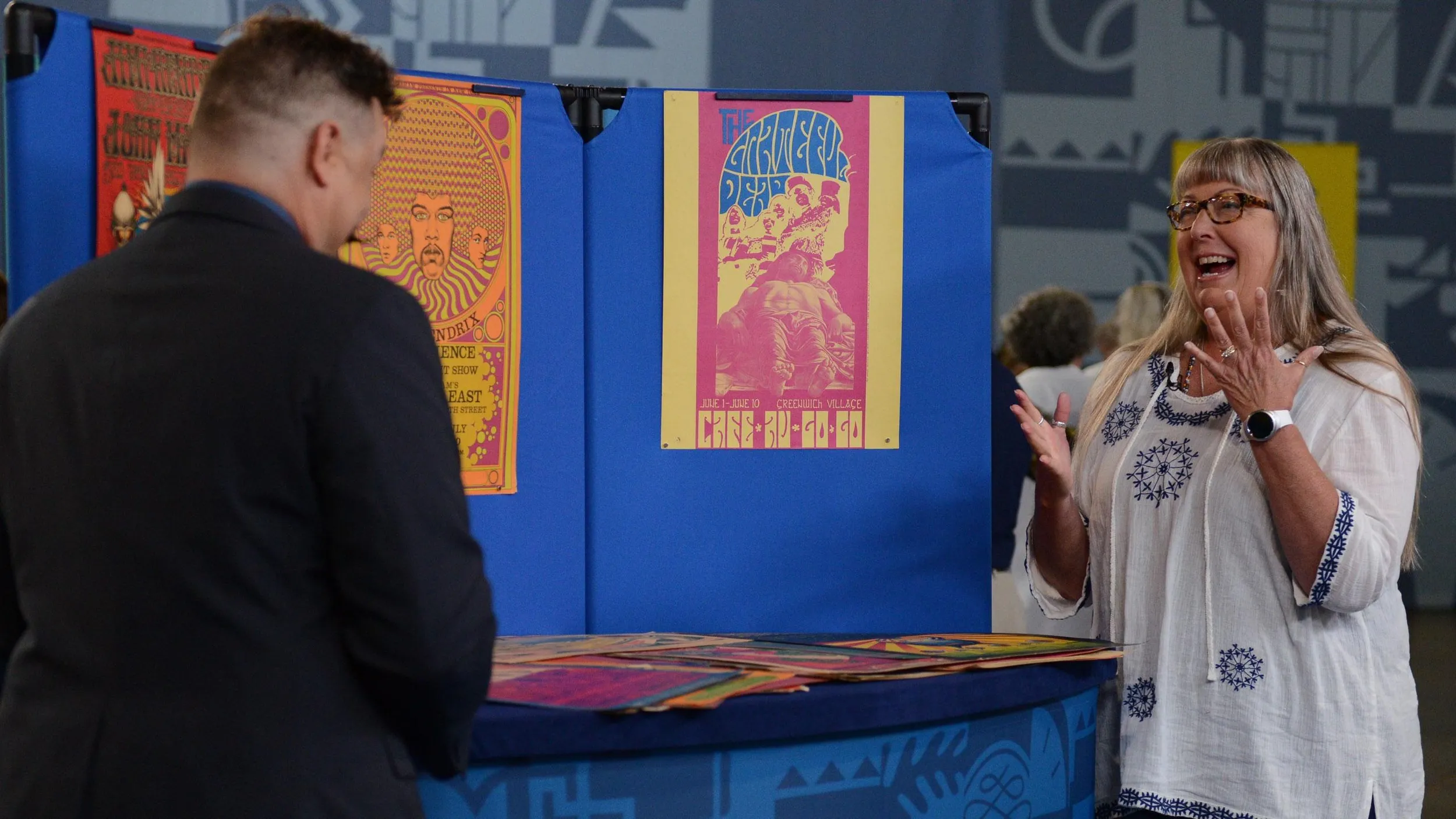GUEST: It's been passed down in the family from my great-great- grandfather to his daughter to my dad, who passed that on to me.
APPRAISER: Who was the person who originally had it, your great-great-grandfather?
GUEST: That was Joseph Carrol, and he was originally a surveyor. He fought in the war. And then he became a lawyer, and then eventually was a judge up there in the north Texas region, 1850s, 1860s.
APPRAISER: Do you know what tribe this came from?
GUEST: I think they were the Delaware tribe. That was what's passed down. But couldn't guarantee that.
APPRAISER: It is Delaware.
GUEST: Oh, wow.
APPRAISER: The Delaware tribe worked with Texans through the republican period, when Texas was its own country, that started with the Alamo in 1836, and then went to 1845 when Texas became a state. And they continued to work with the state clear up into the 1850s. And Sam Houston's personal scouts were all Delaware chiefs and subchiefs that had come into Texas, and a lot of them stayed here. I didn't expect to see Delaware beadwork, but I'm not surprised. Most people are going, "Well, they're from the Northeast, how did it end up here?" At the time your great-great-grandfather got this, the Delaware tribe, or a good number of them, had moved to Oklahoma. It may have been made before they moved to Oklahoma.
GUEST: Okay.
APPRAISER: And at that point, it was Oklahoma territory. This would be called... in the Southeast, the British called these a baldric. It's like a sash. And some people wore them across and tied at the hip, some people wore them around their shoulders like a stole. This particular one is so long, it wouldn't have had a bag on
it. It wasn't a bandolier bag. It was a baldric. Looking at the beadwork, I think it was made sometime in the 1830s. So it was really old when it was given to him.
GUEST: Wow.
APPRAISER: The beads are European glass beads. These beads are cut beads. They're particularly hard to sew and were probably brought from Eastern Europe.
GUEST: Okay.
APPRAISER: The fabric is European fabric. This trim is a trade cloth that was all over the Southeast and the Northeast from the late 1700s through the 1800s. And it's an important piece. It not only ties into all this Texas history, it ties into Delaware material culture. The graphics are classic Delaware. It's worth a significant amount of money because of all this. And if it were to come up for auction, on the low end, I think $25,000.
GUEST: Wow, that's unbelievable.
APPRAISER: On the high end, $35,000.
GUEST: Wow. Really unbelievable.
APPRAISER: It's a great piece of art in addition to everything else, but it's a great piece of history.



